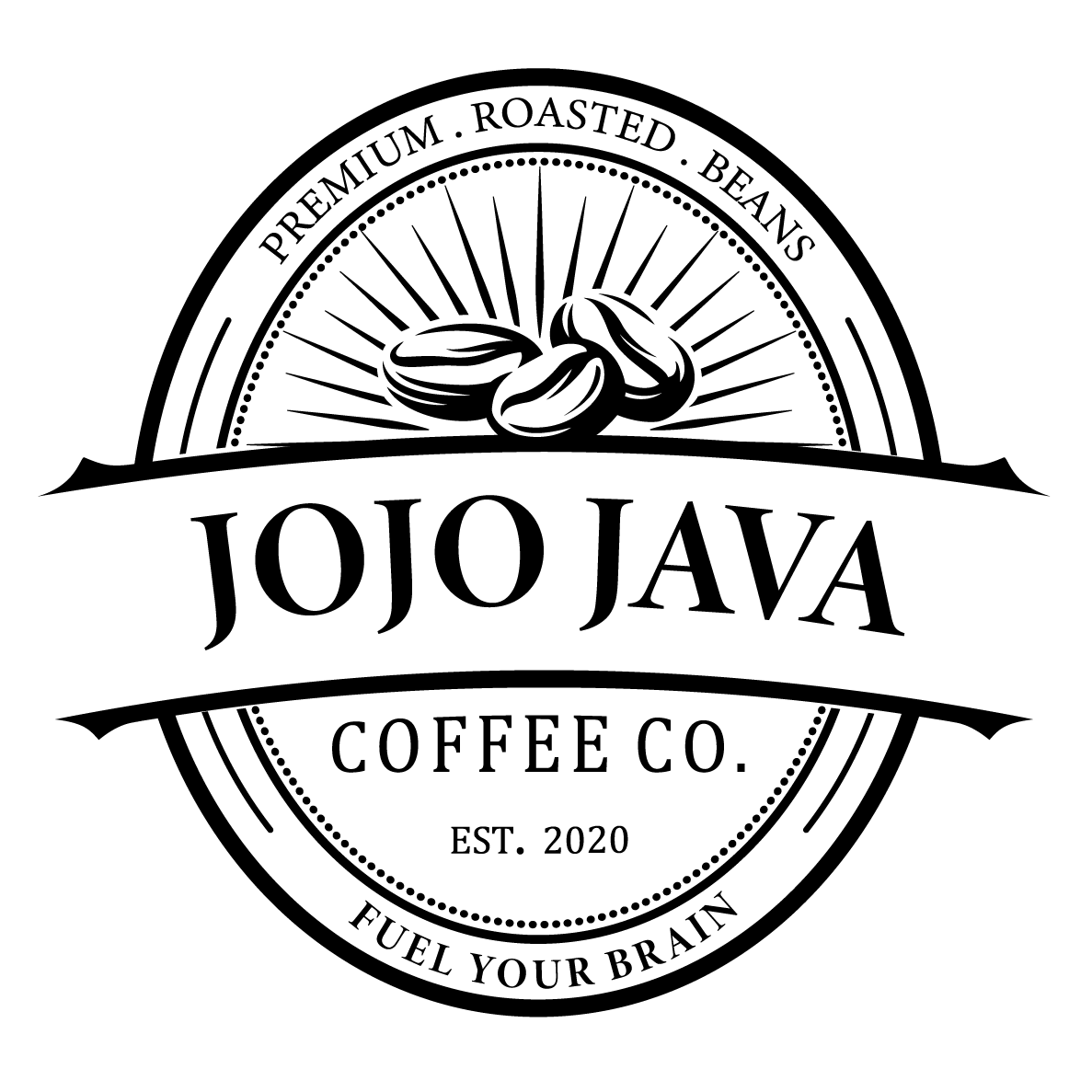Just like with anything else in our lives, the longer we drink coffee, the more preferences we begin to acquire. When you start drinking coffee you’ll take what you can get, and for the most part, couldn’t tell one cup of java from the next.
But as time goes on, and you drink more coffee, you start to learn what you like. And then over time, cup after cup, you begin to know what you love. This manifests in many ways. From the complex cafe drink order that you have memorized (down to the number of syrup pumps and type of foam), to the precise brewing methods and machines you prefer. At this point, you don’t just settle for any cup of coffee. You want a great cup of coffee, every time.
And what is one of the most important things to consider when choosing what your favorite cup of coffee is? The almighty roast.
That’s right ladies and gentlemen, javas and joes-- we’ve come together yet again for another caffeine showdown. This third installment may be the most heavy-hitting yet... This is a no-holds-barred battle of the roasts!
Today we’re going to dive deep and see how each roast measures up. Let the games begin.
What is a Coffee’s “Roast”?
Roasting (also known as “toasting”) is a complex process that gives us the coffee bean that we so lovingly recognize. But that’s just it. Coffee “beans” aren’t really beans-- they technically start out as hard, green seeds. When we imagine the rich, brown, aromatic coffee bean we’re familiar with, it’s actually a coffee bean that has been roasted.
The roasting process is a delicate one, and has to be perfectly timed. To roast (or toast) coffee, you actually have to get the beans to the perfect temperature for the perfect amount of time. If you’re not mindful, they’re easy to burn, but conversely, if you don’t roast them long enough they don’t become fragrant and delicious either.
The most common roasts are the ones we’ll be deep-diving into today: light, medium, and dark. Sometimes these roast types are given more fancy names for marketing purposes. So truly, if you hear terms like “French roast” it typically means “dark roast”, and if you hear “breakfast roast”, it typically means “medium roast”, etc.
Roasting is more of an art than a science, and each roastery has its own techniques and standards. When you try different brands of coffee, you may find that there’s quite a difference between one company’s dark roast and another’s, for example.
So remember, for this showdown, we’re just going with the basics of what you can expect from dark, medium, and light roasts overall, but mileage may vary depending on the variety.
First, Let’s Do Some Myth Busting
One of the topics that is often discussed when it comes to the differences between dark, medium, and light roasts is the caffeine content. Overall, the truth is that the caffeine content doesn’t differ due to the way that beans are roasted. The issue that underpins this situation is an error in measurement. Here’s the scoop (see what we did there?).
When you roast a bean, it loses its mass as it cooks. This means that the longer you roast a bean, the smaller it gets. Most dark roasts are toasted for so long that they lose around 90% percent of their water. This means that a bean from a batch of dark roast is smaller than a bean from a batch of light roast.
The cause of this myth comes from forgetting the size difference when scooping coffee. More beans from a light roast will fit into a scooper. More beans do actually mean more caffeine-- but only because of the quantity (just like more cake means more calories).
If you were to forego scoping your coffee, and instead weigh it out on a scale, ounce for ounce the caffeine content between a light roast and a dark roast will be virtually identical.
Overall, if you weigh your coffee, and if you measure the beans properly, the caffeine content is the same. So for the sake of this caffeine showdown, we won’t be digging into the caffeine content by the roast.
If you’re interested in caffeine content, focus on the specific bean, and here are some other general tips and reminders:
- Roast type doesn’t change caffeine content, just bean size
- Brewing method does affect how much caffeine is in your final drink
- Espresso, believe it or not, tends to have the least amount of caffeine per volume
- Cold brew tends to have the most caffeine per serving
Showdown Spotlight: Light Roast
Light roasts are (it will come as no surprise) light brown in color. They’re also light in body (a fancy way to say this is “low viscosity”) and there’s a marked lack of oil on the bean.
Light roasts are toasted to a temperature anywhere between 350 and 410 degrees (Fahrenheit). The “first crack” of these beans (the distinct popping sound that occurs during the roast) happens early, right about when it first hits the 350-degree mark. For many roasteries that first crack is when a light roast is considered done (though there is nuance and preference to consider, and some let it cook longer).
It’s often considered that when you roast a bean for a shorter amount of time, the more if its original, natural flavor profile is allowed to come through. The longer you cook a bean, the more its flavor changes and develops.
For this reason, many in the coffee industry consider light roasts to be the best way to allow vivid, unique flavors to stay within the bean. This creates a flavor profile that showcases much more of the original elements of where the bean was grown and processed. Light roasts also have higher levels of acidity and in some cases the flavors of toasted grain due to the roasting process being shorter.
Showdown Spotlight: Medium Roast
Medium roast coffees are slightly more brown than their precursor light roasts, and since they toast for a longer amount of time, their flavor profile shifts. Losing the lighter, more naturally occurring bright flavors, the beans become richer, and the flavors bolder-- though typically still balanced.
Medium roasts are toasted at temperatures starting at 410 degrees, all the way up to 440 degrees. The tricky part about perfecting a medium roast is getting the timing just right. With a light roast, you know it’s finished after the first crack. But with a medium roast, you want to catch it just before the second crack.
Cooking the beans for this amount of time results in a surface that rarely has any oil at all, and leads to a medium level of acidity. Some of the coffee’s original flavor notes are there, but they’re tapered off and augmented by a more sweet, almost caramel flavor.
Many consider medium roast to be the most balanced of the different blends, mainly because it’s right in the middle of the road between light and dark.
Showdown Spotlight: Dark Roast
This roast is (as you would expect) the darkest brown of all of the blends. In some cases, the beans edge on the verge of even being black in color. When the beans are roasted this long, it has a strong, full-bodied flavor. Additionally, when the coffee is allowed to roast for this amount of time, the smoky, bold taste of the cook typically overpowers any naturally occurring flavors from the bean’s area of origin.
Dark roasts are cooked the longest, and to truly be considered a proper “dark blend” they must exceed a temperature beyond 440 degrees (which is the very ceiling of a medium roast). A classic dark roast typically goes until the end of the second crack. Roasting at this temperature lowers the acidity and deepens the flavors.
In some cases, roasteries would try to use a dark roast to make lower-quality beans better. The concept was to attempt to burn away the flavors that weren’t as good and replace them with the bolder, deeper profile of the dark roast. Sometimes this would work, but truly a high-quality bean roasted longer tastes better than a low-quality bean attempting a shortcut to flavor.
In a dark roast, it’s important that the coffee doesn’t exceed a temperature of about 465 degrees, or the beans will start to burn. When this happens it can gain a chemical taste and would be disgusting to drink.
This Showdown’s Conclusion
Even some of the best title fights in history sometimes end in a draw. And truly, while we don’t want to give a cop-out, non-answer, the truth is that now you’re fully educated to make your own choice (if you don’t have a favorite roast already).
With that said, if we were pressed to choose a winner, it would be the medium roast. Containing the best of both worlds (natural bean’s flavoring and a roasted flavor), medium roast wins the day with balance and sheer utility.
But don’t take our word for it. In this article, you’ve learned how these roasts are different, what sorts of flavor notes they hit, and now you even know about the “caffeine is different per roast” myth.
So the true winner of this caffeine showdown is you. Because here at JOJO Java, we truly believe that a K-Cup doesn’t have to suck, and we make delicious, unique flavors in various roasts.
Which roast is perfect for you? It’s time to find out. Get yourself some JOJO Java today.
Written by: Tim Kearney


